The Airbus A380, the world’s largest passenger airliner, has a history filled with fascinating and often lesser-known facts. Here, we explore the tumultuous journey of the Airbus A380, an aircraft that dreamed of conquering the skies but faced unexpected turbulence along its path. This exploration is not just about an airplane; it’s a tale of human aspiration, technological boundaries, and the changing tides of the aviation industry.
Contents
The Origins of the Concept
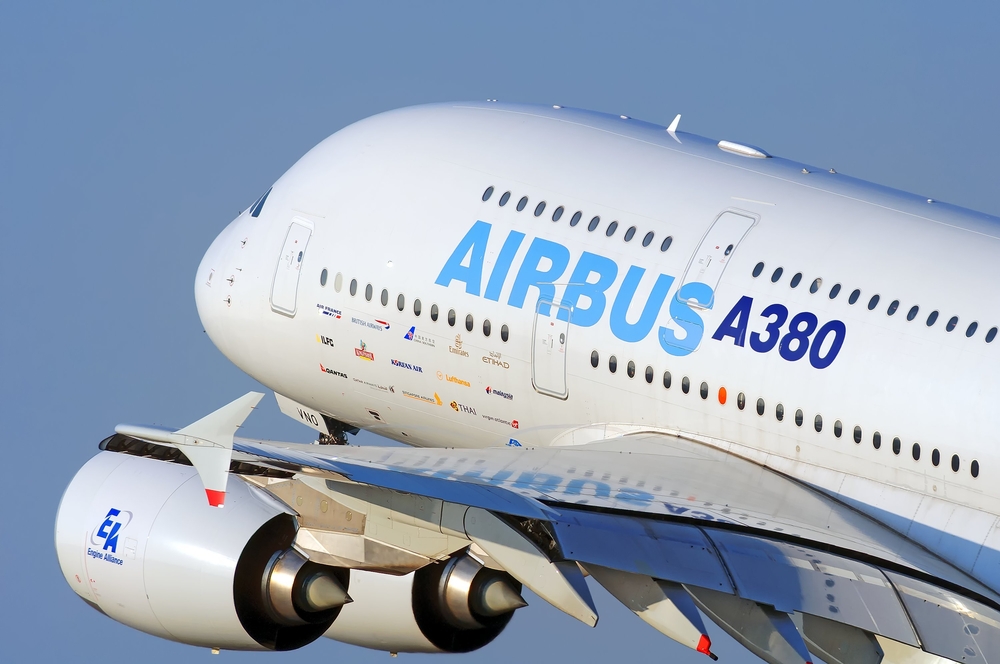
The idea for the A380 began in the early 1990s as Airbus sought to compete with Boeing’s monopoly in the large aircraft market. Initially named ‘Project Megaliner’, the concept aimed to develop an aircraft that would surpass the Boeing 747 in size and capacity, addressing the increasing problem of airport congestion with a larger, yet efficient, airliner.
Design and Development Challenges
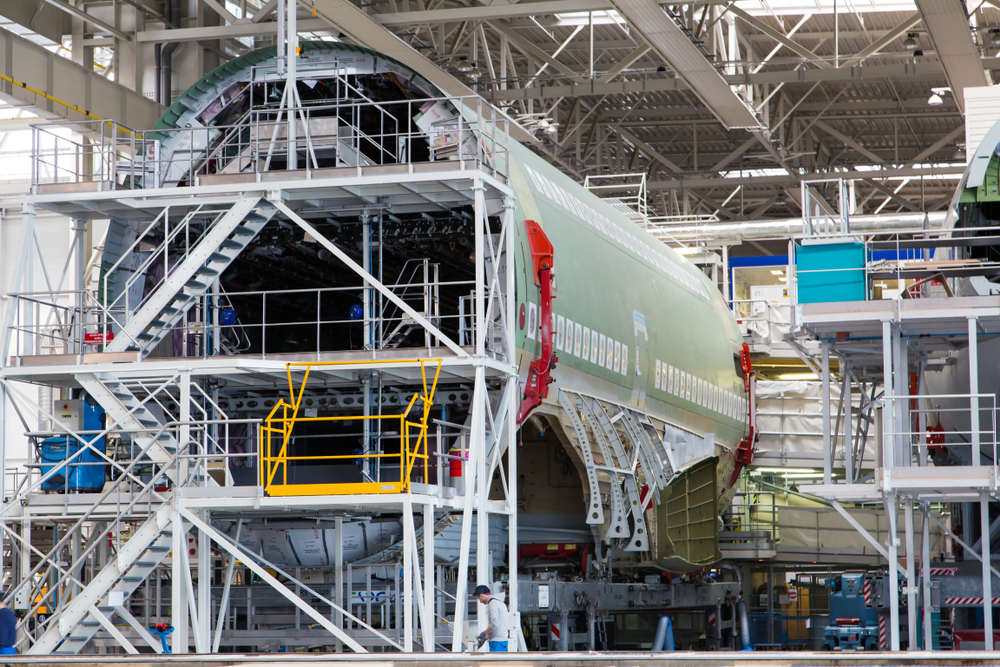
The development of the A380 was a massive engineering challenge. It involved over 50,000 workers from across Europe. One of the biggest challenges was designing a wing large enough to support the immense size and weight of the aircraft while remaining aerodynamically efficient.
Innovative Use of Materials

The A380 was one of the first commercial airliners to extensively use lightweight composite materials. These materials comprise about 25% of the A380’s structure by weight, including the wings and fuselage. This innovation was a significant factor in improving the aircraft’s fuel efficiency.
Collaboration Across Borders

The A380 project was a testament to European collaboration. Components of the A380 were manufactured in different countries – the wings in the UK, the fuselage in Germany and Spain, and the tail in Spain. The final assembly took place in Toulouse, France, symbolizing a successful pan-European industrial collaboration.
The Logistics of Transporting Parts
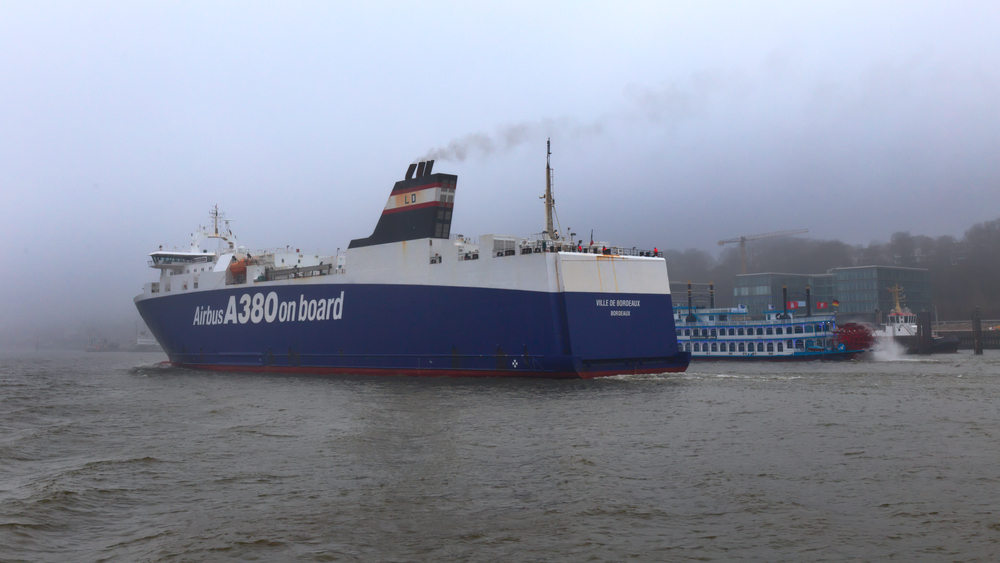
Transporting the massive parts of the A380 was a logistical challenge. Airbus developed a special transport system, including custom-designed ships, barges, and trucks, as well as the oversized Beluga transport aircraft, to move parts between different manufacturing sites and the final assembly plant in Toulouse.
The A380’s First Flight
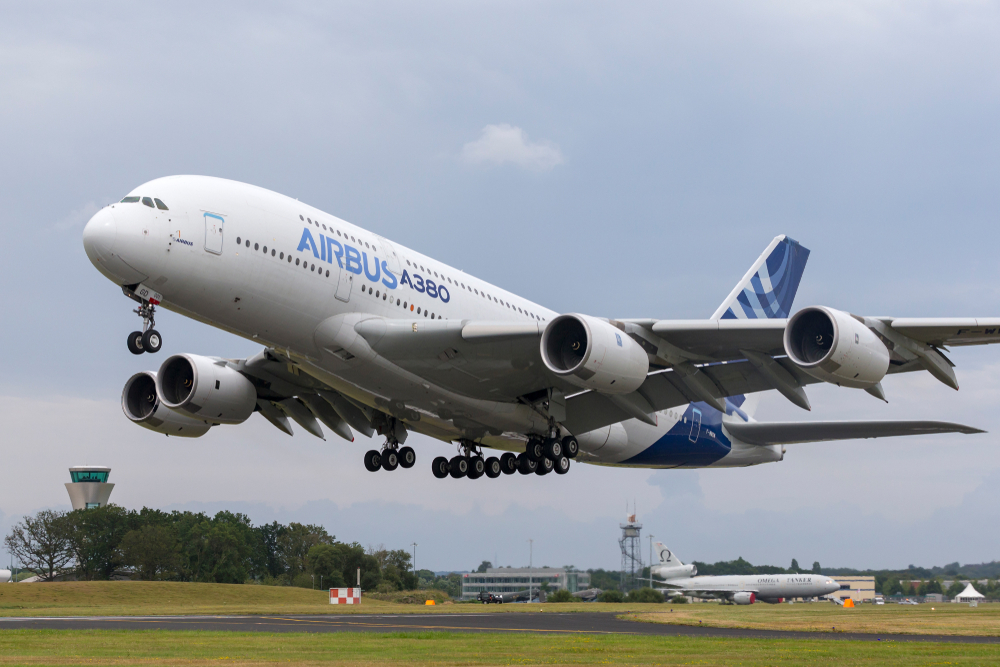
The first A380, registration F-WWOW, made its maiden flight on April 27, 2005. This event marked a significant milestone in aviation history, as the A380 was the largest commercial aircraft ever to take to the skies. The test flight was a major success and a testament to the years of planning and development.
Customization for Airlines

The A380’s spacious interior offered airlines unprecedented levels of customization. Emirates, the largest operator of the A380, famously included lavish amenities such as onboard showers and a bar. Each airline had the opportunity to tailor the interior to their specific brand and passenger experience.
Economic Challenges and Market Shifts
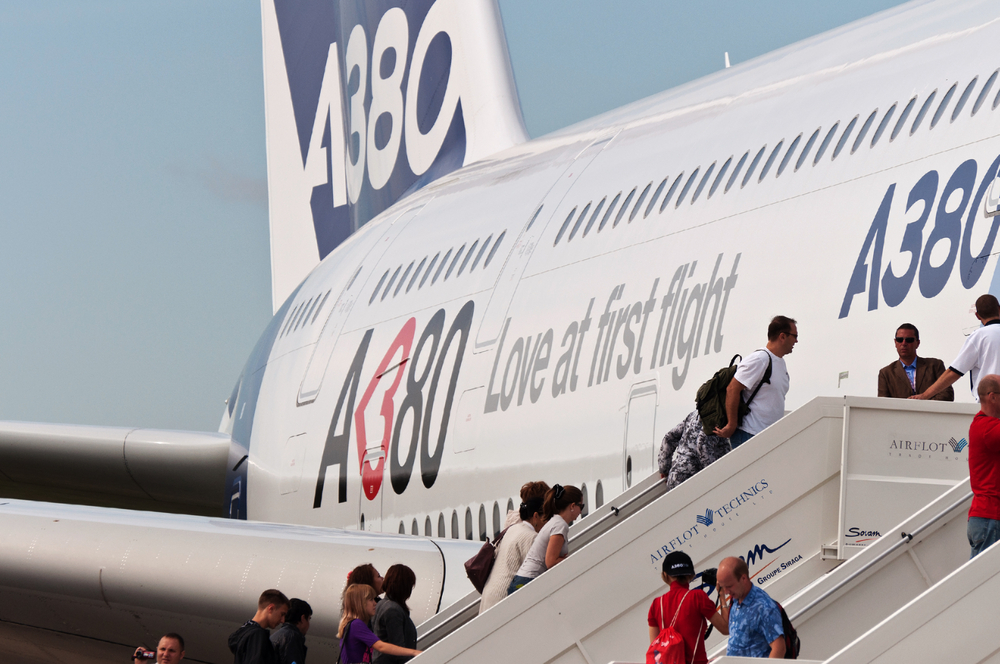
Despite its technological achievements, the A380 faced economic challenges. The high cost of the aircraft and the emergence of more efficient twin-engine planes, like the Airbus A350 and Boeing 787, made the A380 less attractive to many airlines. The shift in the industry towards smaller, more economical aircraft ultimately impacted A380 sales.
Production Discontinuation Announcement
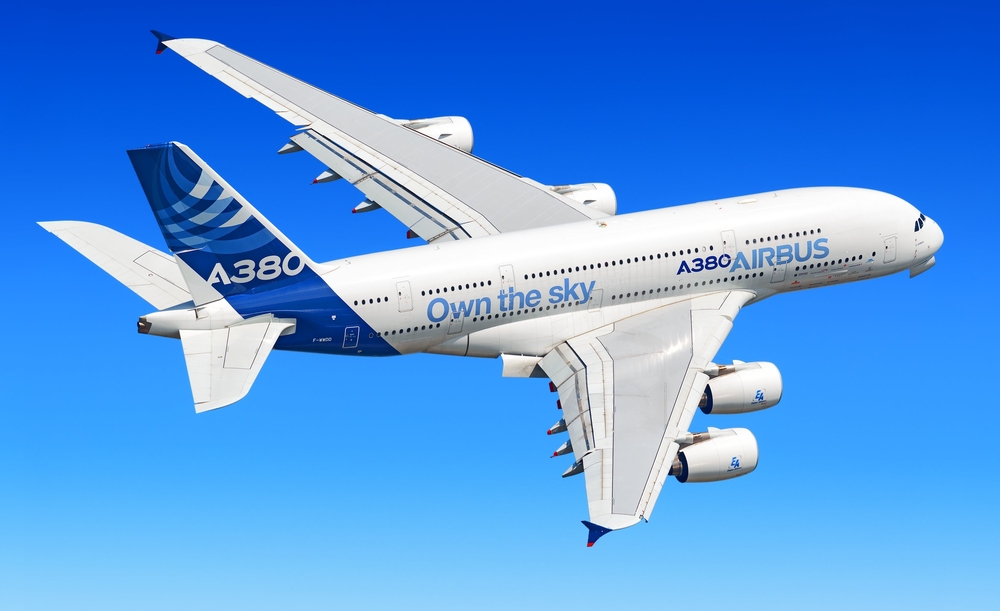
Airbus announced in February 2019 that it would end production of the A380 in 2021. The decision came as airlines started to favor smaller, more fuel-efficient aircraft over the giant quad-jet. The announcement marked the end of an era for the iconic superjumbo.
The A380 in the COVID-19 Era

The COVID-19 pandemic further impacted the A380’s role in commercial aviation. With a drastic reduction in air travel, many airlines retired or put their A380 fleets into storage. However, the aircraft remains a symbol of the golden age of large-scale, long-haul air travel and continues to be used on select routes.
This article originally appeared on MyCarMakesNoise.
More from MyCarMakesNoise
The Top 20 Bestselling American Cars in History
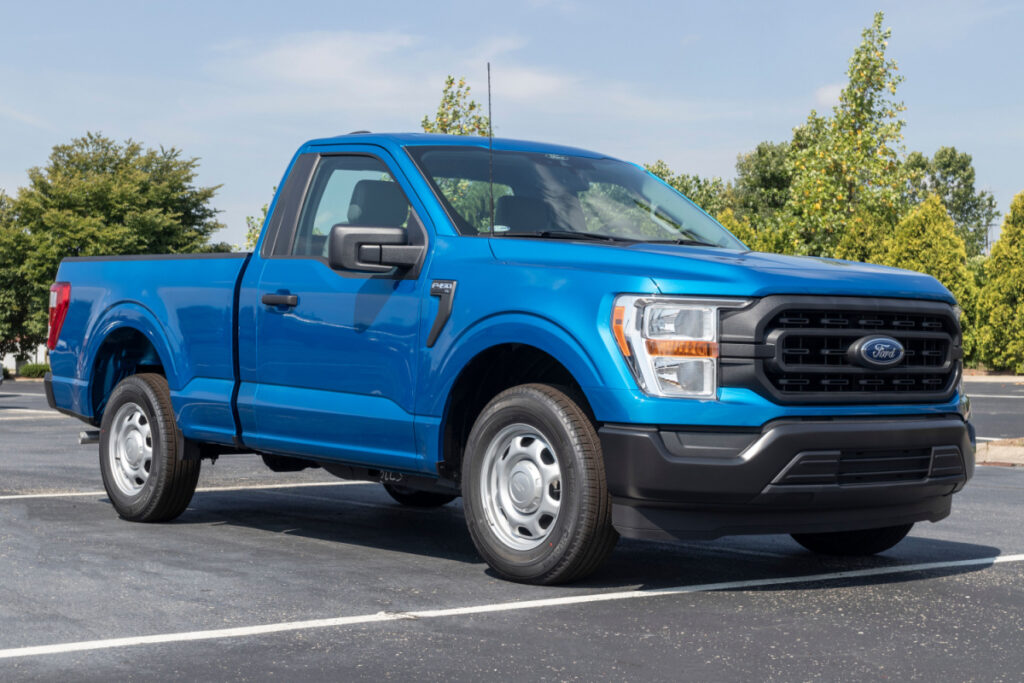
Throughout this journey, certain models have captured the hearts of consumers more than others, selling in astounding numbers and carving their names into automotive history. Read More.
The Best Midsize Truck Options You Can Buy

From hauling heavy loads to off-road escapades, mid-size pickup trucks are the versatile workhorses bridging the gap between larger, more cumbersome trucks and smaller, less capable vehicles. These trucks have rapidly grown in popularity, offering the perfect blend of utility, comfort, and performance. Read More.
Classic Cars That Illuminate with Pop-Up Headlights
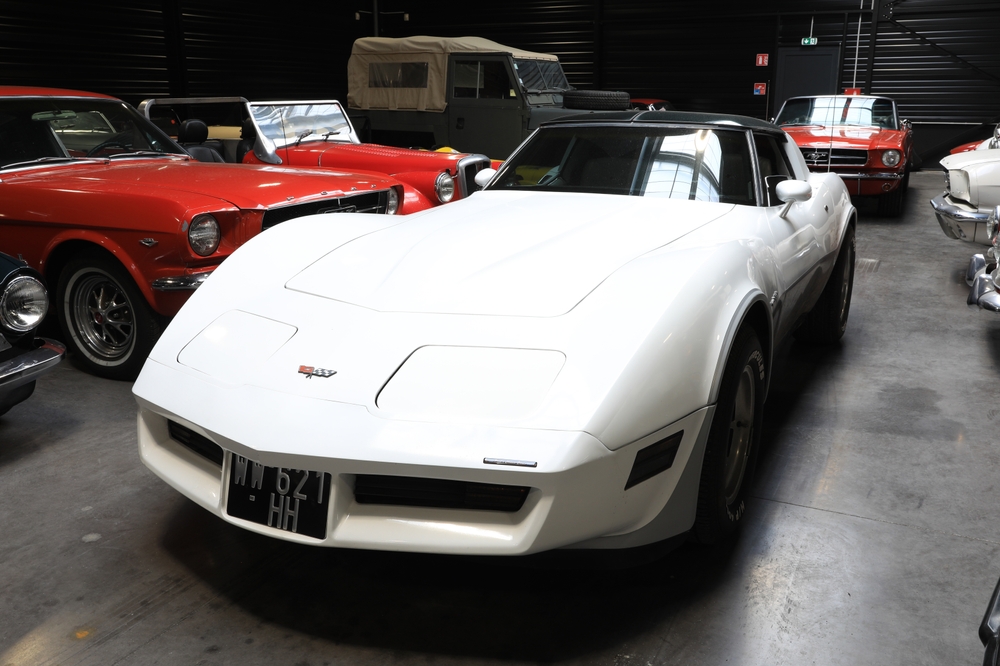
These iconic features not only served a functional purpose but became emblematic of automotive design during the late 20th century. Read More.














